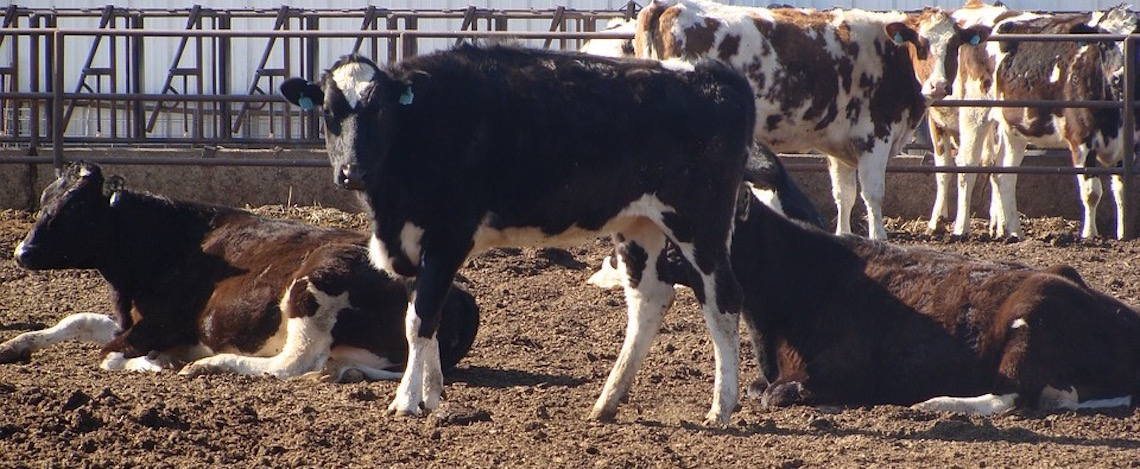
Cow photo via maxpixel.freegreatpicture.com
Written by Frank Lopez
Today, Texas state officials reported the first human case of novel avian influenza A (H5N1) in Texas, marking the second case of avian influenza A(H5N1) identified in a person in the U.S, according to the Texas Department of State Health Services.
The patient’s primary symptom was conjunctivitis.
This comes after the U.S. Department of Agriculture (USDA) announced that they have identified a strain of Highly Pathogenic Avian Influenza (HPAI), commonly known as Bird Flu, as the illness affecting dairy cattle in Texas Panhandle, Kansas, and Michigan.
On March 29, the U.S. Food and Drug Administration (FDA) announced it was working with the USDA, Animal and Plant Health Inspection Service (APHIS), Centers for Disease Control Prevention (CDC) and state partners in Texas, Kansas, and Michigan to investigate the outbreak.
Only four human influenza A(H7N2) virus infections have resulted in mild to moderate illness have ever been identified in the U.S.
Milk from healthy animals is still authorized for interstate commerce and deemed safe to drink.
Milk from the affected animal is being managed to prevent it from entering the food supply.
Impacts on milk supply and prices are expected to be minimal, according to a press release from Western United Dairies, a dairy trade organization based in Turlock.
The disease syndrome has not been identified on any cattle premise in California.
Border agricultural stations in California are on alert to ensure cattle haulers meet requirements for interstate movement.
Persons moving livestock into California that carry disease or coming from an affected premise may face criminal penalties, including jail, and administrative fines of up to $1,000/head/day.
The California Dairy Quality Assurance Program recommends dairy producers review source of replacements, isolate new arrivals, report unusual symptoms in their livestock, and review farm biosecurity.
The detections of H5 viruses in wild birds, poultry, some mammals, and in one person in the US do not change the risk to the general public’s health, which CDC considers to be low.
In America, and globally, avian influenza A viruses in poultry occur from time to time, and have been associated with illness and death in people in Asia, Africa, Europe, the Pacific, and the Near East.







